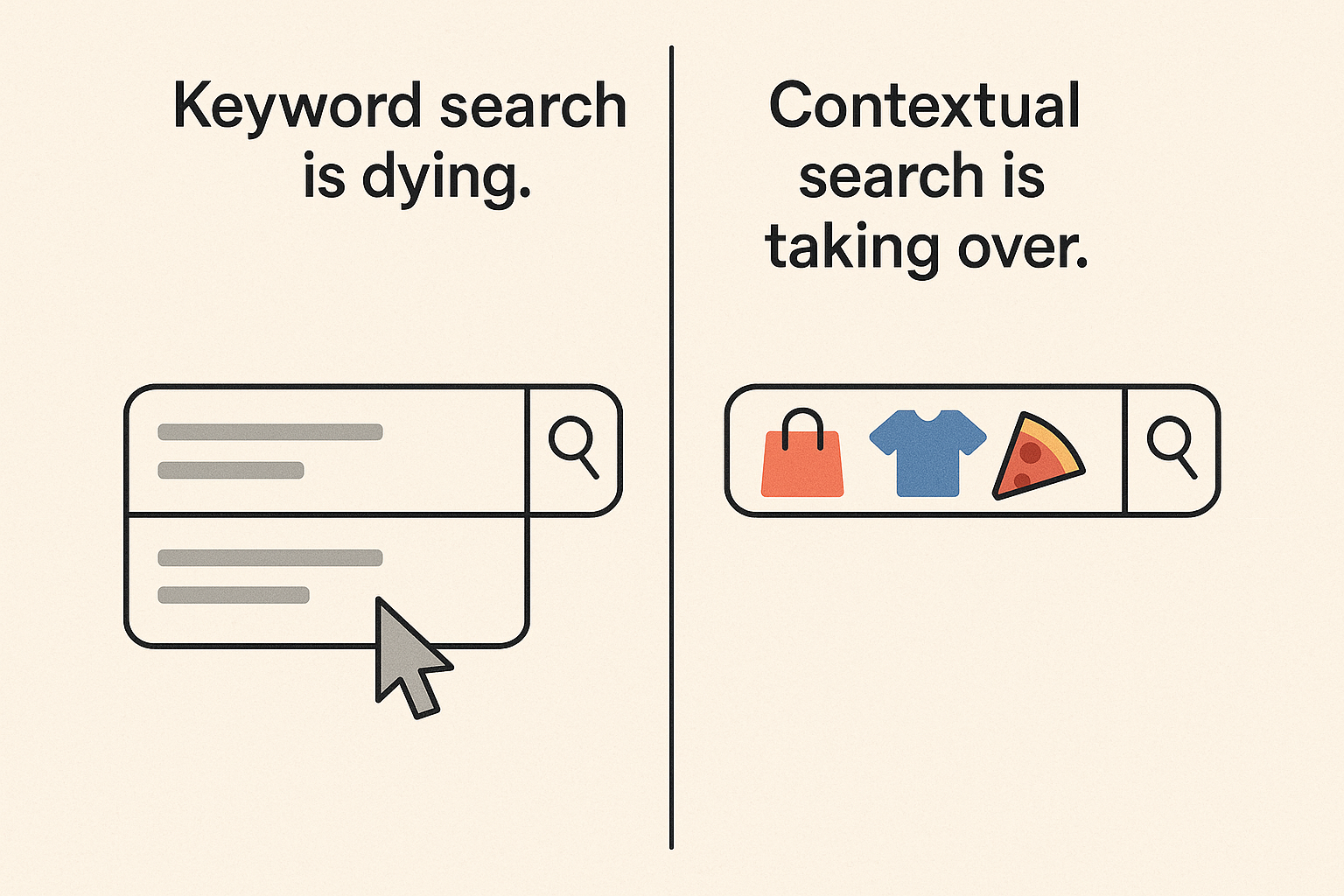Have you ever written a prompt for ChatGPT or any AI model… only to get a totally unexpected answer?
It happens because prompts are usually just plain text — messy, unstructured, and hard to reuse.
Microsoft just introduced POML — Prompt Orchestration Markup Language — to bring structure and clarity to prompt writing.
Think of it like HTML, but for prompts.
What POML Does
- Lets you break a prompt into clear parts: role, task, examples, and output style
- Makes prompts reusable and easier to maintain
- Works with text, images, and other context
- Has VS Code tools to help you write and preview prompts
A Simple Example
Here’s how you might ask an AI to explain something in a friendly way using POML:
xmlCopyEdit<poml>
<role>You are a friendly teacher.</role>
<task>Explain gravity in simple words.</task>
<output-format>Keep it under 50 words.</output-format>
</poml>
Instead of one messy sentence, you’re telling the AI exactly:
- Who it should be → a friendly teacher
- What to do → explain gravity
- How to respond → short and simple
Why It’s Interesting
- Teams can share and reuse prompts like code
- You can avoid prompt drift when making small changes
- It’s easier to debug and test prompts for consistent results
My Take
POML is still new, but it’s a step toward treating prompt engineering like real software development.
I’m planning to try it out and see how it fits into AI workflows.
What do you think — will structured prompts make AI more reliable?
💬 Share your thoughts in the comments!




